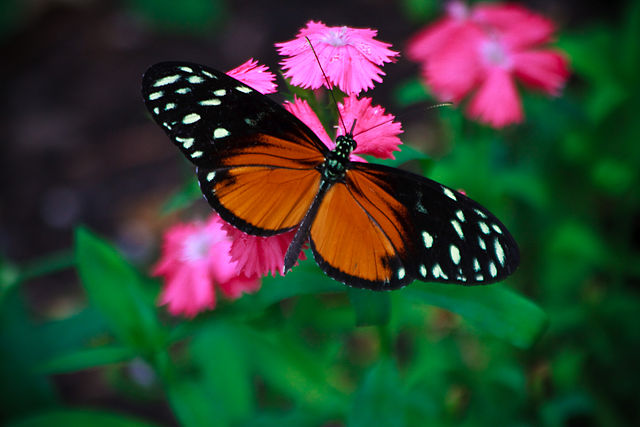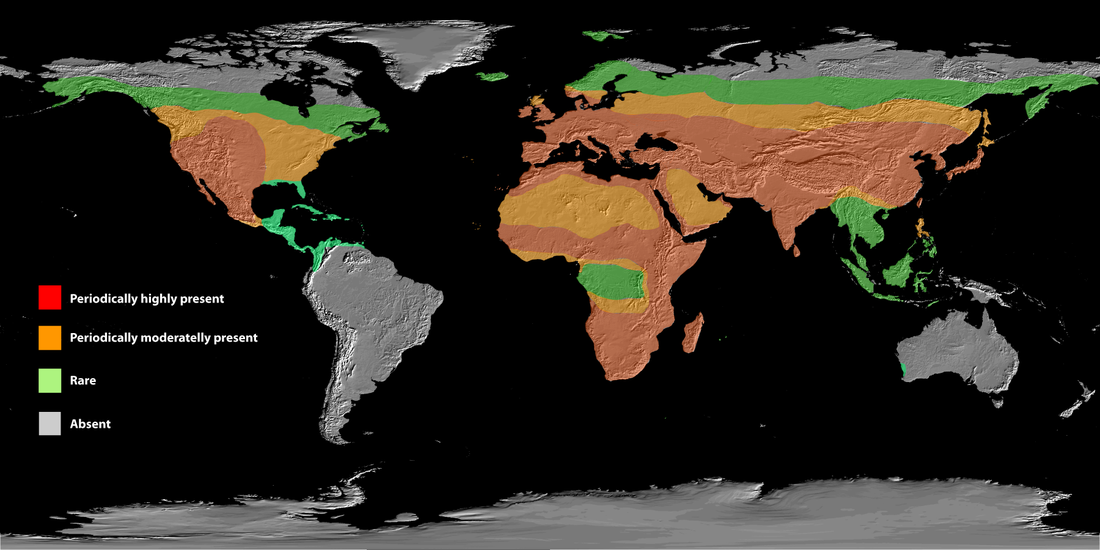 Californians are suspended in wonder as a surreal horde of painted lady butterflies flitter across the state.
Californians are suspended in wonder as a surreal horde of painted lady butterflies flitter across the state.
Known for their strikingly patterned orange wings, these 2-3 inch butterflies are now migrating from the deserts along the Mexican border to the Pacific Northwest, passing over Southern California as they go, numbering in the millions.
The only other migration with such epic proportions was in 2005 when the butterfly population shot up to about 1 billion.
An Unusual Migration
Did you know that painted lady butterflies (Vanessa cardui ) are found in every continent except Australia and Antarctica?
Besides their ability to fly at speeds up to a whopping 25 miles an hour, painted lady butterflies are also known for their peculiar flight pattern.
 When flying over an open area, the butterflies will keep close to the ground; and when encountering a tall building, they will soar over it. The streaks of yellow they leave when they crash into the windshields of cars are the residue of the butterflies’ stored fat, which sustains them on their long journey.
When flying over an open area, the butterflies will keep close to the ground; and when encountering a tall building, they will soar over it. The streaks of yellow they leave when they crash into the windshields of cars are the residue of the butterflies’ stored fat, which sustains them on their long journey.
Abundant rainfall plays a major role in this year’s enormous migration. A greater amount of rain in the deserts close to the Mexican border, where the butterflies lay their eggs, has helped boost the growth of plants; thus providing more food for the growing caterpillars.
In southern California, the painted ladies have detoured somewhat, choosing to remain a bit longer than usual to breed instead of continuing their journey northward. Once again, heavy rainfall has contributed to this, inducing a super bloom of wildflowers and creating a haven for the migrating butterflies.
Dangers They Still Face

What could be causing this shocking decline? There is no one certain cause; rather, as Matt Forister, an ecologist at the University of Nevada, said, “It’s more likely a suite of factors that are pushing on all of these species.”
One such factor is the decrease in the number of open spaces, which in turn leads to a decrease in flowers and leaves which are butterflies’ main nutrition staples. Another factor is the emergence of new agricultural practices, which have led to a decline in plants butterflies love.
The fact that most farmers or home gardeners use more pesticides on their plants does not help either. A final factor is climate change, which contributes to the rise in temperature, drying out plants and making them inedible for butterflies.
Despite all these challenges, increased rainfall is the main spur in this year’s Disney-worthy butterfly migration. And in a true Snow White fashion, perhaps next year rain will come.
Sources: NYTimes, LA Times, biokids.umich.edu








